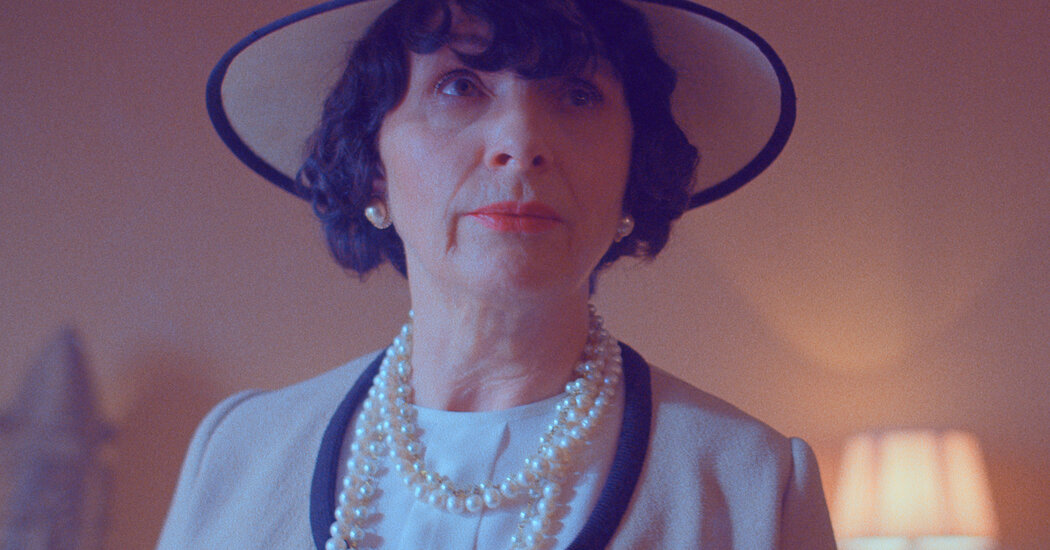
In the twenty-six years she lived after World War II, Coco Chanel never publicly apologized for her treacherous behavior during the Nazi Occupation of Paris. While living at the Ritz Hotel with a handsome German spy, she had tried to use the Nazi race laws to wrest control of her perfume company from her Jewish partners. She also had embarked on a Nazi-authorized scheme to broker a separate peace with Winston Churchill, and she was overheard making ugly, antisemitic remarks.
“The New Look,” an Apple TV+ series about how couturiers Chanel and Christian Dior spent the war, accurately depicts Chanel’s defiant lack of remorse, while casting her somewhat sympathetically as a victim of Nazi intimidation. But in converting Chanel’s experiences into a TV production “inspired by true events,” the show’s creators have mangled or lost much of the actual truth, which is more complicated than what’s portrayed onscreen. (Warning: Spoilers ahead.)
The real Chanel story is elusive, in part because she lavished financial gifts on several people who had firsthand knowledge of what transpired. A recent blockbuster exhibit of Chanel fashion at the Victoria and Albert Museum in London even features two documents claiming to place her in the Resistance, an unlikely assertion that further clouds her biography.
A few things are indisputable. For one, throughout the occupation of France, Chanel enjoyed a romance with Hans Gunther von Dincklage, a blond, elegant German known to many as Spatz, who, at 44 in 1940, was 13 years her junior. Chanel had probably met von Dincklage in the 1930s when he worked in Paris as a propaganda officer for the German Embassy. Later, he served as a spy with the Abwehr, the military’s intelligence organization.
“The New Look” portrays von Dincklage as a violent thug, whom Chanel paid off when he threatened to kill her beloved nephew. In reality, their relationship endured for almost a decade after the war. Von Dincklage escaped imprisonment after being briefly detained at a checkpoint in a British zone of Germany and soon after joined Chanel in her exile in Switzerland, where the couple lived quietly until breaking up amicably in the early 1950s.






